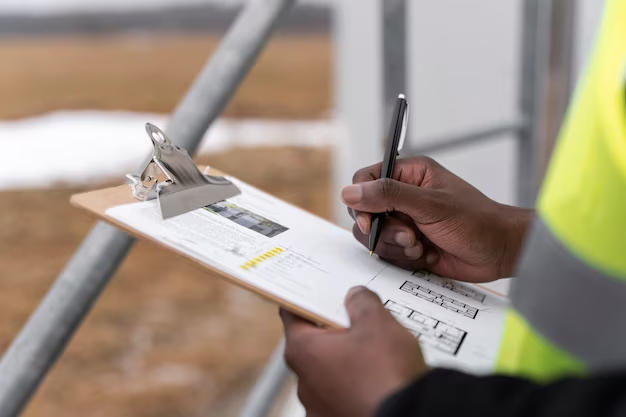Discover the Simple Steps to Accurately Measure Your Roof's Slope
Whether you're planning a renovation or investigating an issue with your roof, understanding how to measure roof slope is a necessary skill for any homeowner. Not only does this knowledge empower you to discuss plans confidently with contractors, but it also helps you make informed decisions when it comes to repairs, replacements, or even loans related to home improvement.
What is Roof Slope?
Roof slope, also commonly referred to as roof pitch, is a measure of the steepness or angle of a roof. It's expressed as a ratio of the vertical rise to the horizontal run. For example, a 4:12 roof slope means the roof rises 4 inches for every 12 horizontal inches.
How to Measure Roof Slope: A Simple Guide
Gather Your Tools
Before you start, you'll need a few basic tools:
- Level: A 2-foot level works well.
- Tape Measure: A sturdy tape measure is essential for accuracy.
- Ladder: Ensure it's tall enough to safely access the roof.
- Safety Equipment: Gloves and non-slip shoes to ensure safety.
Measuring from the Roof
- Ascend With Caution: Using your ladder and safety gear, climb to a spot on your roof where you can work comfortably.
- Place the Level: Set your level horizontally across a roof slope, ensuring it's leveled perfectly.
- Measure the Vertical Rise: At the end of the level, measure the distance from the bottom edge to the roof surface. This value is your "rise."
- Record the Run: Since you're using a 24-inch level, the run is 24 inches.
- Calculate the Slope: Now you have your rise over run ratio, for example, if the rise is 4 inches, you have a roof slope of 4:24. Simplify it to 1:6, which means for every 6 inches in horizontal run, the roof rises 1 inch.
Measuring from the Attic
If accessing the roof is not an option, you can measure the slope from inside your home:
- Locate a Roof Rafter: Find a rafter in your attic.
- Use the Level: Place the level under the rafter and ensure it's horizontal.
- Measure Vertically: Measure the vertical distance from the level to the bottom of the rafter.
- Record and Calculate: Use the same steps to find the slope ratio as mentioned above.
Why Knowing Roof Slope Matters
Understanding your roof's slope can inform various aspects of home maintenance and renovation decisions:
- Material Choice: Certain materials are only suitable for specific slopes.
- Repairs and Inspections: Knowing slope helps assess potential issues like water run-off efficiency.
- Financial Planning: A steeper slope might affect repair costs, insurance rates, or mortgage evaluations.
Unlock Financial Opportunities with Roof Knowledge
Investing in roof improvement or replacement isn't always low-cost. However, knowing your roof's slope and its condition can guide you toward smarter financial strategies—ranging from home improvement loans to government aid for energy-efficient upgrades.
🤝 Financial Assistance and Credit Solutions
- FHA Title I Loans: Consider these for financing essential home improvements, including roofing.
- Energy-Efficient Mortgages: Upgrade your roof with eco-friendly materials through specialized financing.
- Weatherization Assistance Program: Check for local programs that might offer aid in making your roof energy-efficient.
- Refinancing Options: Lower your interest rates and free up budget space for large roofing projects.
- Educational Grants for Home Improvement: Some nonprofit organizations provide grants for upgrading homes, which often cover roof improvements.
Leverage these resources and solutions to make informed, impactful decisions. Understanding your roof's slope is just the first step—using financial tools effectively ensures your home remains safe, efficient, and maintainable.
